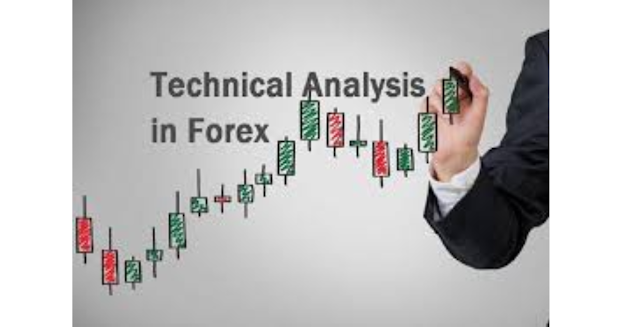Rising Wedge Pattern in Technical Analysis
Technical analysis is an approach to forecasting future price movements of financial instruments based on past data. It is widely used by traders and investors to make informed decisions about buying or selling assets. One of the most popular chart patterns used in technical analysis is the rising wedge pattern. In this article, we will discuss the characteristics of the rising wedge pattern and how traders use it to make trading decisions.
What is a Rising Wedge Pattern?
A rising wedge pattern is a bearish chart pattern that forms when the price of an asset is moving upward and creating higher highs and higher lows, but the highs and lows are converging towards each other. The pattern resembles a triangle that is tilted to the downside. It is called a wedge because the price is wedged between two trend lines. The upper trend line connects the highs, and the lower trend line connects the lows.
The rising wedge pattern is a reversal pattern that indicates that the uptrend is losing momentum, and the price is likely to reverse downward. The pattern is confirmed when the price breaks below the lower trend line, and the price action confirms the reversal. The break below the lower trend line is usually accompanied by high volume, which indicates a shift in sentiment and a surge in selling pressure.
How to Identify a Rising Wedge Pattern?
Identifying a rising wedge pattern is relatively easy. Traders need to look for two converging trend lines that are moving upward. The upper trend line connects the highs, and the lower trend line connects the lows. The pattern is confirmed when the price breaks below the lower trend line. The ideal rising wedge pattern should have at least four points that touch each trend line, with the upper trend line being steeper than the lower trend line.
How to Trade a Rising Wedge Pattern?
Traders use rising wedge patterns to make trading decisions. The pattern is a bearish signal that indicates that the uptrend is losing momentum and that a reversal is likely to occur. Traders can use the pattern to enter short positions or exit long positions. The ideal entry point is when the price breaks below the lower trend line. Traders can also use the pattern to set stop-loss orders to protect their positions from significant losses.
However, traders should be cautious when trading the rising wedge pattern. The pattern is not always reliable, and false breakouts can occur. Traders should use other technical indicators to confirm the pattern, such as momentum indicators, volume indicators, and moving averages. They should also pay attention to other market factors, such as news and events that can affect the price of the asset.
Factors Affecting the Rising Wedge Pattern
Traders should be aware of other market factors that can affect the rising wedge pattern. One factor is the volume of trading activity. When the pattern forms with high trading volume, it is more likely to indicate a reversal in the price trend. On the other hand, when the pattern forms with low trading volume, it may not be as reliable an indicator of a trend reversal.
Another factor to consider is the timeframe of the pattern. The rising wedge pattern is more reliable in longer timeframes, such as daily or weekly charts, than in shorter timeframes, such as hourly or minute charts. Traders should also be aware of other technical indicators that can confirm the pattern, such as the Relative Strength Index (RSI), Moving Average Convergence Divergence (MACD), and Bollinger Bands.
Limitations of the Rising Wedge Pattern
The rising wedge pattern is a useful tool for technical analysis, but it is not foolproof. Traders should not rely solely on the pattern to make trading decisions, as false breakouts and trend reversals can occur. It is important to use other technical indicators and market factors to confirm the pattern and to consider the overall market conditions and news events that can impact the price trend.
In addition, traders should be aware of their own trading strategy and risk tolerance when using the rising wedge pattern. They should set stop-loss orders to limit their losses and to protect their positions from significant downturns in the price trend.
Conclusion
The rising wedge pattern is a bearish chart pattern that is widely used in technical analysis. Traders use the pattern to make trading decisions, such as entering short positions or exiting long positions, when the price breaks below the lower trend line. However, traders should be aware of other market factors that can impact the pattern, such as volume, timeframe, and technical indicators. They should also consider their own trading strategy and risk tolerance when using the pattern. By using the rising wedge pattern as part of a larger technical analysis toolkit, traders can make informed decisions about buying and selling financial assets.










